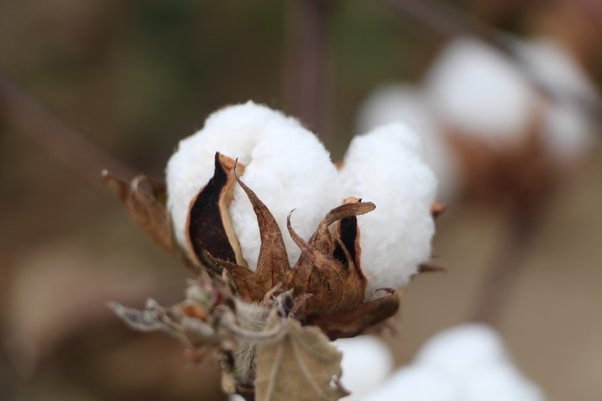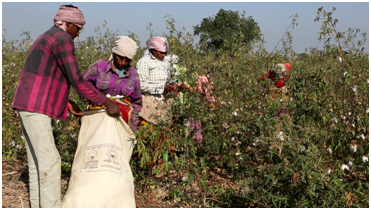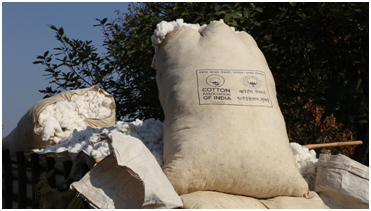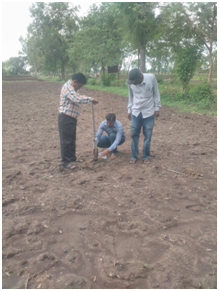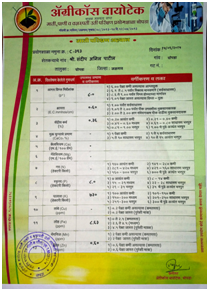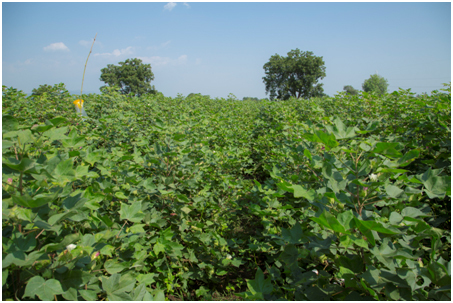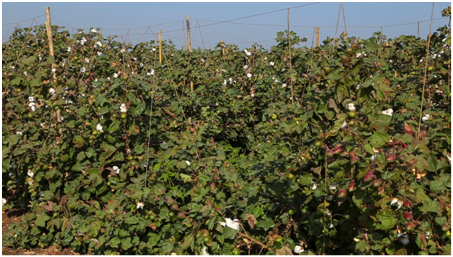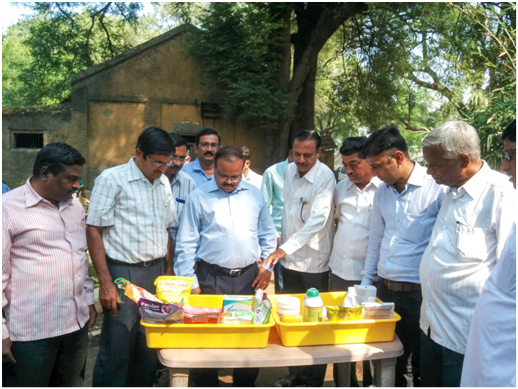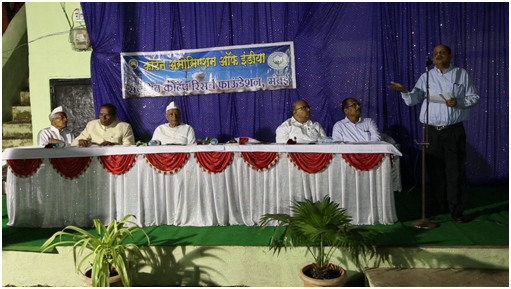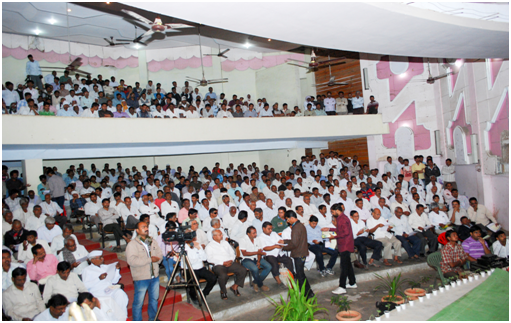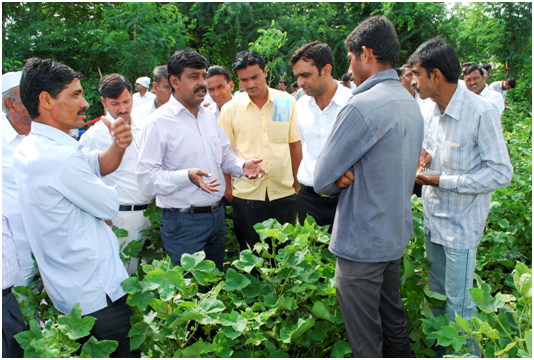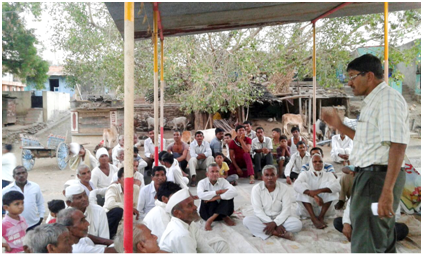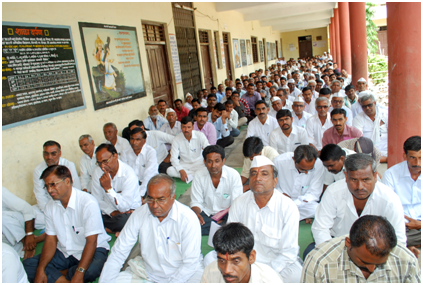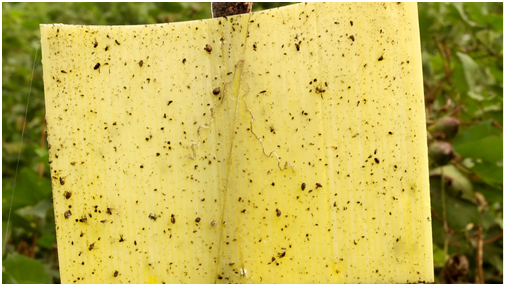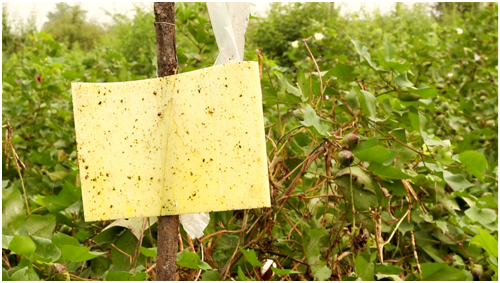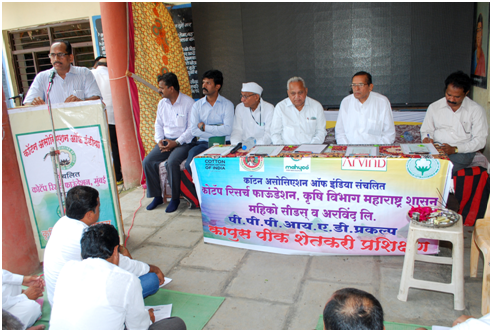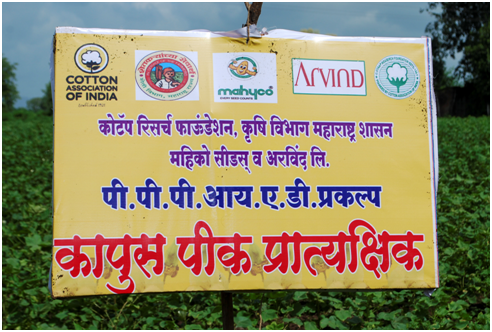1. There are many variations of passages of Lorem Ipsum available, but the majority have suffered
alteration in some form, by injected humour, or randomised words which don't look even slightly
believable. If you are going to use a passage of Lorem Ipsum, you need to be sure there isn't
anything embarrassing hidden in the middle of text.
2. Soil Testing: COTAAP conducted soil tests and farmers were trained to use the reports resulting in improvement of soil and decrease in chemical fertilisers
3. High Density Planting: Farmers were encouraged to increase plant population to obtain maximum branches with maximum number of bolls per hectare.This lead to increase in yield by 30% and reduction in cost of cultivation by 15%.
4. Precision Input Management: COTAAP promoted the use of Bio-Fertilizers, Bio-Pesticides and other eco-friendly practices which significantly reduced the cost of insecticides and pesticides used by farmers.
5. Education and Training:
-
Seminars: Every year COTAAP organises pre-sowing and post harvest seminars to update farmers about the latest technologies
-
Farmer Rallies: COTAAP also organises rallies twice a year. Agri-Experts and Scientists are invited to educate farmers.
- COTAAP Online: COTAAP online is a free SMS service that gives daily updates on market rates, weather forecasts, pest and disease alerts with recommendations.
- News & Information Boards: COTAAP has installed boards at bus stands, which provides updates similar to COTAAP Online.
-
Farmer Co-Ordination Committees: COTAAP Organizes FCC which forms a forum for farmers to interact with each other and discuss challenges and successes experienced by them. Important feedback from the member farmers makes COTAAP activities more need-based and successful. FCC also helps organise various activities and extension programs for the benefit of farmers.
6. Recognition of Productivity & Production:
- 1. FLD on Production Technology: Front Line Demonstrations are conducted on the fields to demonstrate technology for increasing productivity. Critical inputs are also provided to maintain sustainability in yield.
- 2. FLD on Bamboo Staking: While spreading varieties, lower branches of cotton gets contaminated which results in boll drop. Poor penetration of Sunlight also leads to increase in diseases & pest. Bamboo stacking helped counter these problems.
7. Extension Services :
-
1. Farm Mechanization: COTAAP has installed farm implant facility centres which provide farmers with advanced agricultural implements at nominal rent. These initiatives have specifically benefited marginal farmers who cannot afford to invest in these technologies.
-
2. Pink Boll Worm Awareness: COTAAP helped farmers tackle the outbreak of Pink Bollworm. Precautionary sprays, pheromone traps and sticky tapes were provided to minimize losses.
8. Improvement in Agriculture :
- Reduction in Cotton Varieties: Sowing different varieties of Cotton increases the chances of diseases and pest thus making crop management difficult. Variation in quality is also nuisance for textile industry. COTAAP motivated farmers to reduce the number of varieties from over 250 to less than 40
- Introduction of ELS: COTAAP introduced ELS variety Mahyco - Bahubali. This variety is a potential substitute for imported cotton. Farmers fetched a premium of Rs. 800 to 1200 per quintal.
- BT Technology: COTAAP played an important role in swiftly disseminating BT Technology in Chopda area. Within 2 years of introduction 90% farmers had adopted BT technology
- Introduction of Non-BT CICR variety: Seed is one of the most expensive inputs in Cotton cultivation. With support from CICR, COTAAP demonstrated that seed produced from ‘Suraj’ variety can be reused for sowing
- PPP: World Economic Forum, Maharashtra Govt., formed a PPP wherein COTAAP participated as an extension provider for Cotton. Govt. of Maharashta & CAI provided financial support, Mahyco provided BT seeds at a subsidised rate, and Arvind Mills was the assured buyer.
This project provided a common platform for all the stakeholders in cotton sector from farmers to end user. It helped to create win-win situation for all of them and facilitated to know problems and requirements of each other.
